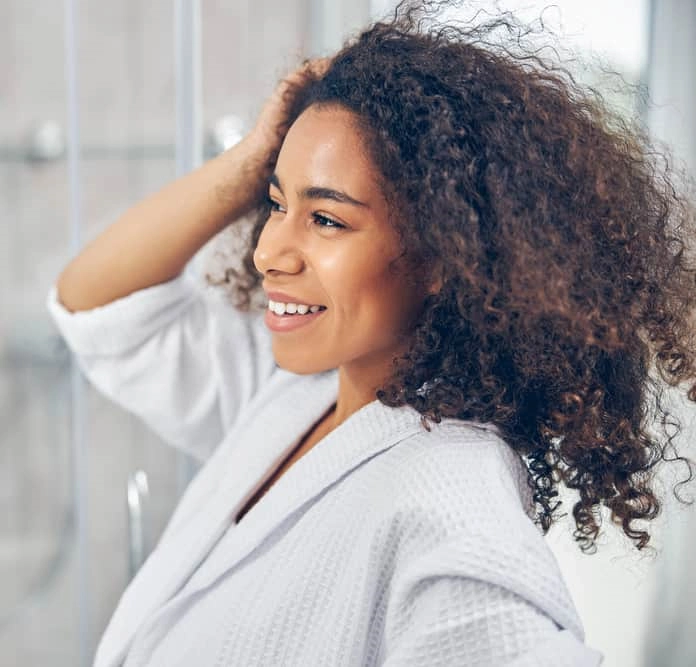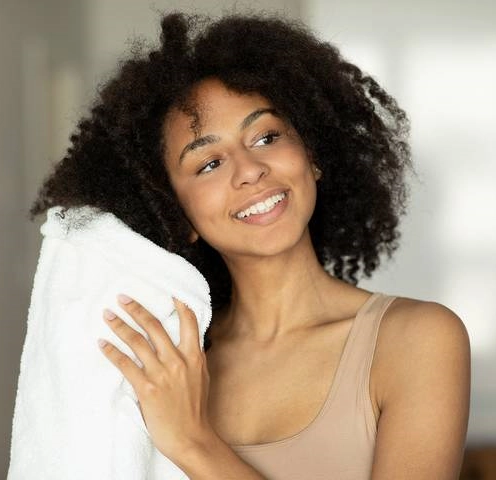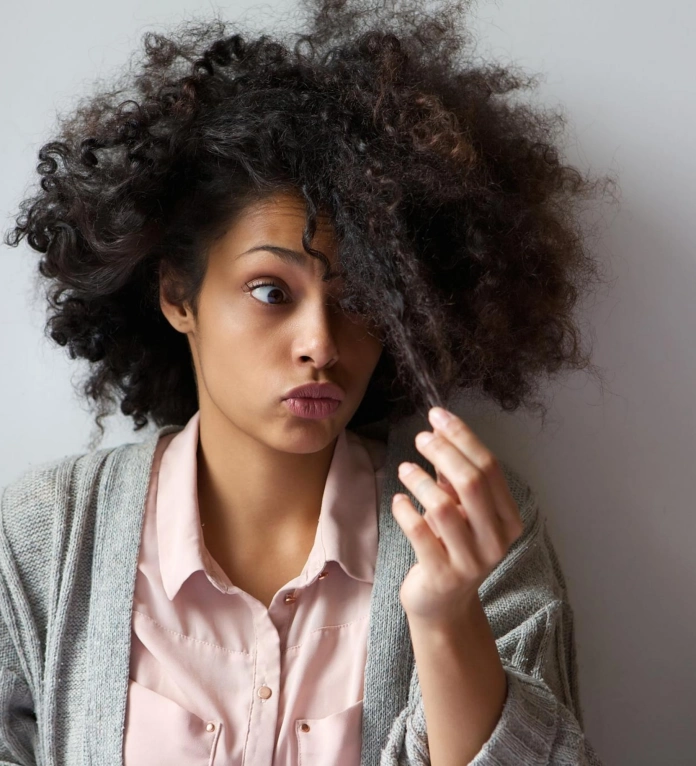“Discover the Best Hair-Drying Method for You!”
Table of Contents
Introduction
When it comes to styling your hair, you have a few options. One of the most common questions is whether you should air-dry or blow-dry your hair.
Both methods have their pros and cons, and the best choice for you depends on your hair type, lifestyle, and desired look.
In this article, we’ll discuss the differences between air-drying and blow-drying, and provide tips on how to get the best results from each method.
With all the information out there, warnings about heat-damage as well as how brittle wet hair is, it can be difficult to know which one is better.
The truth is, both have pro’s and con’s and you will have to decide which option works best for your preferred style, hair type and even lifestyle.
The Con’s of Air-Drying Your Hair

A new research study in the “The Annals of Dermatology” determined that damage to hair strands can increase if the strands are exposed to frequent and prolonged wetness.
For example, if you sleep with wet hair or braid your hair in hopes of getting those beach waves, you might actually be better off blow-drying your hair to minimize the time your hair is exposed to water.
This study suggested that blow-dried hair on low heating settings actually had less damage than hair left to air-dry.
Also, when your hair is wet it is at its most delicate state. It can easily become tangled and become torn or ripped when you lay down, throw a towel around it or try to detangle those wet knots.
It’s not always practical to blow-dry your hair because you don’t have the time, patience or even desire to blow dry your hair.
Some times, blow-drying just isn’t for you but perhaps you should add a partial blow-dry to your hair routine occasionally.
Safely Air-Dry Your Hair

To cut down on time that your hair is soaked with water, invest in an absorbent micro-fiber towel.
Rather than rubbing or blotting your wet hair, use your fingertips to just try the roots. This will increase airflow and add volume to your air-drying hair.
Use anti-frizz serums or oils such as coconut or argon oil to prevent your hair from frizzing or becoming tangled.
When brushing your hair, use a wide-toothed comb to detangle and prevent damage.
The Con’s of Blow-Drying Your Hair

We have all heard that heat is bad for your hair. This is because heat breaks down the hair cuticle, the layers of protein over each strand, and this makes your hair rough, dry, flat and susceptible to damage.
Heat can also cause your hair to lose moisture leaving it brittle causing split-ends, frizz and unmanageable tresses.
Excessive heat, especially if you also use hair straighteners or curling irons, can cause your hair to lose out on essential oils, which causes not only your hair but also your scalp to become dry.
Safely Blow-Dry Your Hair

Blow-drying your hair can be done safely and effectively.
Our first tip is to never use the high-heat options on your hair dryer. Keep the heat low to prevent excessive heat-damage.
Don’t throw away the diffuser that comes with your blow dryer. Although it might take a little extra time, it will prevent overheating.
If you have the time, let your hair air-dry a little before blow-drying or let it finish drying by air-drying to prevent too much heat exposure.
Always use a heat-protection product any time that you are using heat on your hair and avoid keeping your blow dryer on one section for too long.
Conclusion
You need to decide what’s best for your hair and your style.
Overall, washing and drying your hair only a few times per week will keep damage to a minimal and it will also give you more time on days that you need to dry your hair.
If you are going to blow-dry, keep heat exposure minimal and use heat products.
If you choose to air-dry, try to prevent prolonged water exposure and use products that protect your hair from tangling.






